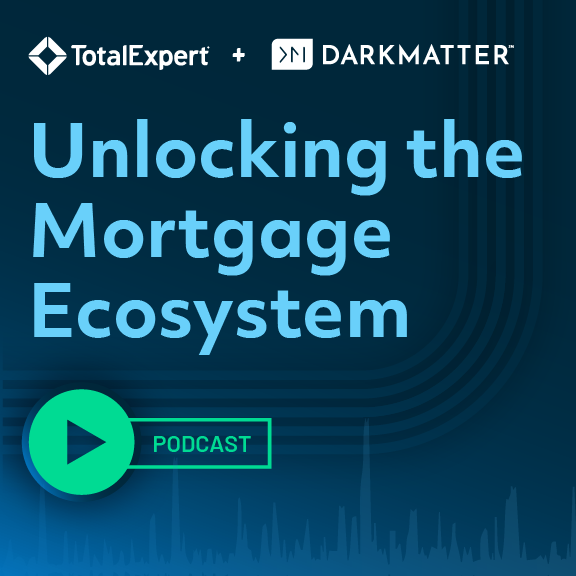A year unlike any other, 2020 bore witness to an unlikely confluence of rare financial scenarios resulting from the global pandemic: a battered economy, rising home prices, and historically low mortgage rates.
All of it made the race to secure and retain financial consumers fiercely more competitive. And the challenge is about to increase. Projections estimate the mortgage market will shrink 40% from 2020 to 2022 due to 30-year fixed mortgage rates rising to an estimated 4.4%.1 A dwindling pool of refinance candidates will swing the mortgage market back to a purchase focus. And Millennial and Gen Z consumers—fast becoming a formidable chunk of the financial services market—are changing the face of the modern customer experience.
These scenarios continue to make 2021 a year when consumer expectations for the financial services customer experience are guaranteed to reach new heights.
So which financial institutions will win, maybe even thrive? The ones that deliver the most connected customer experience.
To evaluate financial institutions’ overall readiness to deliver this kind of customer experience, our Total Expert 2021 State of Financial Marketing survey gathered inputs from nearly 300 financial services leaders. We wanted to uncover how they market to customers and members, and how they leverage data throughout marketing programs and the customer experience.
What we found were three startling—and alarming—similarities:
- Their marketing personas are incomplete or nonexistent
- Their cross-selling is largely ineffective because it’s starved for data
- They deliver a stagnant customer experience—one crippled by enduring roadblocks
The recurring theme and weak spot throughout each of them?
Data.
Let’s take a deeper look at these concerning, shared traits, then chart a path that helps you overcome them.
KEY FINDING #1: Incomplete—Even Nonexistent—Marketing Personas
Millennial and Gen Z buyers comprise a much larger, fast-growing portion of today’s mortgage market—25 million new households alone in the U.S. by 2028.2 That means the demographic and psychographic profile of today’s typical financial consumer is quickly evolving. And what these new, digital-native consumers expect from you is changing as well.
Digital savvy consumers demand a completely different customer experience from financial institutions than prior generations—one that’s more digital, intuitive, and personalized. They, for instance, want to easily and seamlessly complete, submit, and manage mortgage applications online using any of their devices—phones, laptops, or desktops. A large portion of them—39% of Millennials and 36% of Gen Z—even say they’d be comfortable buying a home online.3
Such a significant shift makes gaining a detailed understanding of your target audience imperative if you want to craft and communicate relevant, effective marketing messages that resonate with them. That’s what marketing personas are intended to do.
A marketing persona is a vivid, fictional composite sketch that paints a clear portrait of a real, key segment of your target audience—those who matter most to your business. Done well, it helps you understand how to talk to customers in a meaningful way, by going beyond basic demographics to understanding critical elements like their business pain points and motivations. Personas are essentially the critical foundations upon which solid, results-oriented marketing strategies are built.
And that’s exactly what makes this 2021 survey finding so concerning:
70% of respondents either don’t use marketing personas at all, or they use ones that are incomplete.
Without the insightful, informed understanding of consumers that well-constructed marketing personas provide, you run the very high risk of consumers ignoring your messages—even opting out from receiving future communications. You could lose a consumer’s business forever if they continue receiving messages that aren’t relevant or even come across as insensitive based on their financial situation.
Continue reading the full report now to access all key findings.
Sources
1 Mortgage Bankers Association, “MBA Forecast: Purchase Originations on Pace to Increase 16 Percent to Record $1.67 Trillion in 2021.” April 22, 2021.
2 Realtor Magazine, “Gen X, Millennials Likely to Keep Home Buying Strong for Years to Come.” Jan. 5, 2021.
3 Zillow, “Americans Want Digital Tools to Complement Traditional Home Shopping.” Mar. 10, 2021.


